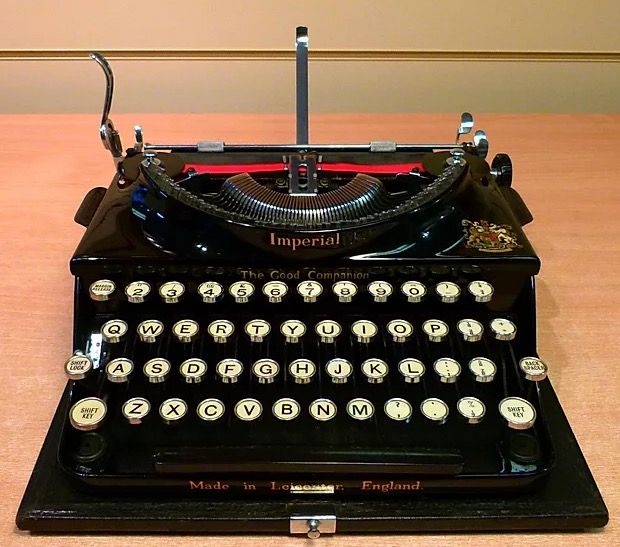Security - Digital Meets Analogue
Like many people as I read about more and more data breaches I become progressively more paranoid about important information being hacked and the security of important systems being compromised. At the same time it is obviously important to have records of logins to important accounts etc. and for these logins to be available to a trusted individual should the worst happen and you become unable to access things yourself.
I was pondering over this kind of thing and how I might come up with a simple convenient solution which was also secure and I decided I needed a system that combined a digital element for convenience with an analogue element for security. I wanted the system to be COMPLETELY IMMUNE from being hacked or the data stolen which is always possible if something is stored wholly digitally. One only has to consider the 2017 Equifax hack where the personal information of 145 million Americans was stolen.
Not long ago I’d read about some Russian and German authorities (there may well be others) using "old-fashioned" methods to protect extremely sensitive data by reverting back to technology long forgotten by many, the humble typewriter.

If something is typed out using analogue technology there is then NO digital record or footprint of it to be stolen by a hacker, I had also been unable to find a method of typing something on a computer and be CERTAIN that no digital trace or footprint remained.
My "solution" is simple. Firstly, on a computer, I designed a simple template including some explanatory text which included a table format list of all the systems I was going to record information about. This included computer systems (email account etc.), bank accounts, telephone passcodes, tablet passcodes, laptop passcodes, you get the idea. The actual login and password information was NOT typed into this computer document, blank spaces were left for this information. This template, containing no confidential information whatsoever, can of course be updated and reprinted at will.
Once printed out it is a simple matter using a typewriter, to enter the sensitive data. The end result is a document which can be used in the event of emergency access being required by a family member or similar. The final and complete document does not exist anywhere in a digital format, it cannot therefore be hacked, forwarded, shared, altered or similarly abused. This was why the Russians and the German authorities reverted in part to analogue devices. If it’s not digital it cannot be hacked, the paper record does not need to be shared and can simply be vaulted in the old-fashioned way.
Where special characters are used in any passwords they are typed out in full and within parentheses, this is because not all currently used password characters are available on a manual typewriter keyboard. For example, the password 1Ab76c*v#2 is shown as shown below, note that the parentheses are NOT themselves password characters.
1Ab76c(asterisk)v(hash)2
Of course the document has to be stored properly but that’s easy and it’s a small price to pay for having an unhackable record of very important information that could be invaluable in the event of the unexpected happening. This arrangement seems to be a reasonable compromise, when things change you don’t have to retype the whole thing, just print out the template with all the systems etc. listed on it and then fill in the new private stuff and don’t forget to shred the old one properly!
Using password managers (eg. LastPass) is a convenient and excellent way to store passwords. However, I would NEVER store ultra sensitive information such as online banking login information in an online system, for me it’s just a step too far. However, the system suggested here I would use to store such information. I would also store the login details for my password manager in this system so that in the event of a disaster my online life could be accessed. The printed/typed document is sealed in a tamper proof pouch to be accessed only in extremis.
comments powered by Disqus